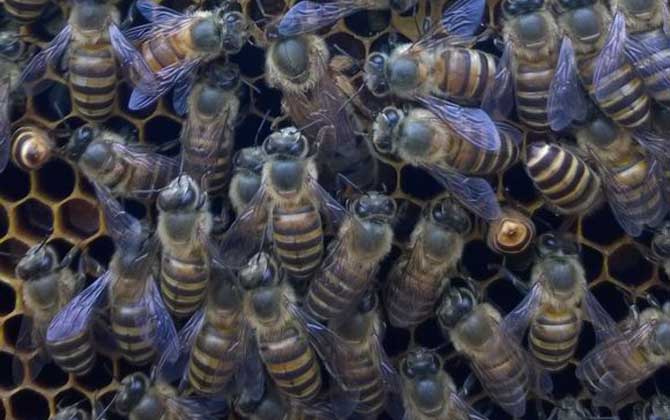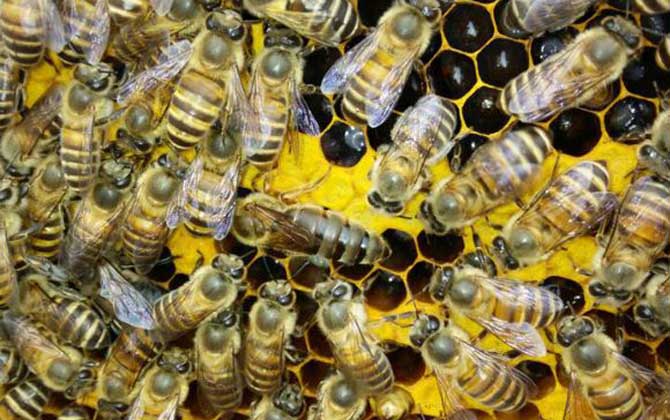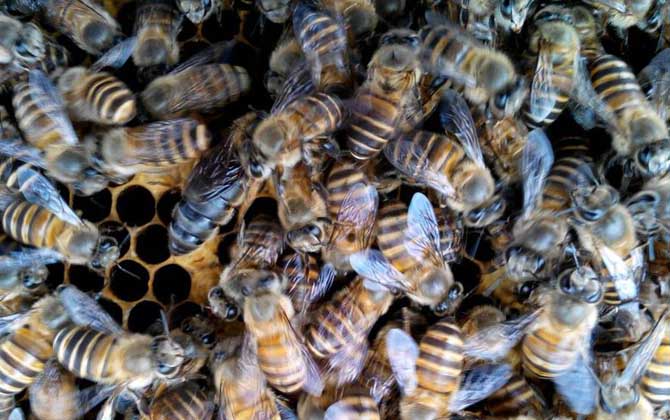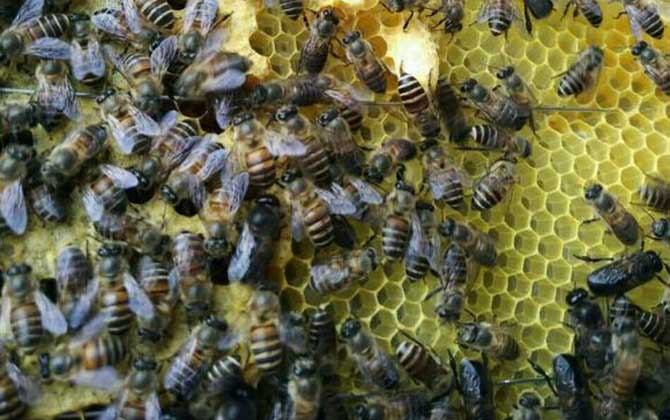The Queen Bee: Heart of the Honeybee Colony
The queen bee, also known as the hive mother or matriarch, serves as the cornerstone of a honeybee colony. Developed from fertilized eggs in specially constructed queen cells, each colony maintains exactly one reproductive female monarch. Her dual role involves laying eggs to ensure colony survival and secreting queen pheromones to maintain social order. Let’s explore the fascinating dynamics of a queenless colony and its implications.

I. Biological Definition & Development
As the colony’s sole fertile female, the queen bee undergoes unique development:
- Originates from fertilized eggs in vertically-oriented queen cells
- Receives exclusive royal jelly diet throughout larval stage
- Develops functional ovaries through rich nutrition
- Emerges after 16 days of metamorphosis (vs 21 for workers)
The absence of queen pheromones triggers colony-wide distress signals, leading to rapid worker bee deterioration within weeks.

II. Consequences of Queen Loss
Queenless colonies face two distinct scenarios:
| Scenario | Outcome |
|---|---|
| No young worker larvae (≤3 days old) | Colony collapse within 4-6 weeks |
| Presence of young larvae | Emergency queen rearing through modified worker cells |
Successful emergency queens (developing in 15 days vs normal 16) often have reduced fertility due to compromised cell quality.

III. Vital Colony Functions
Reproductive Control:
- Daily egg production: 1,500-2,000 eggs (peak season)
- Selective fertilization:
- Fertilized eggs → Female bees (workers/queens)
- Unfertilized eggs → Male drones
- Genetic diversity maintenance through multiple mating flights
Social Regulation:
- Mandibular gland secretions suppress worker ovarian development
- Footprint pheromones coordinate foraging patterns
- Tergal gland compounds inhibit queen cell construction

IV. Beekeeping Interventions
1. Queen Introduction Techniques
| Direct Introduction | High efficiency (70-80% success) | Risk: Worker rejection |
| Indirect Introduction | Higher safety (90%+ success) | 2-3 day acclimation period |
2. Queen Cell Transplantation
- Select cells 5-7 days post-capping
- Maintain vertical orientation during transfer
- Optimal success rate: 60-75%
3. Brood Frame Management
- Transfer frames with <3-day-old larvae
- Ensure continuous royal jelly supply
- Monitor emergency cell construction (typically within 24h)
Modern apiculture research reveals that colonies detecting queen loss within 15-30 minutes through pheromone concentration drops. Timely intervention within 48 hours maximizes colony recovery chances, while delays beyond 72 hours significantly reduce survival probabilities.